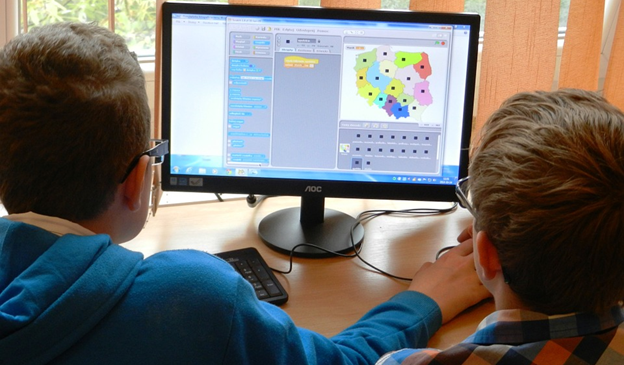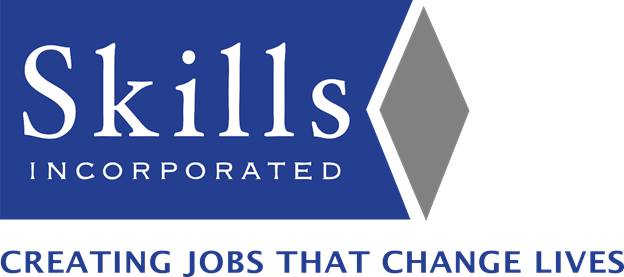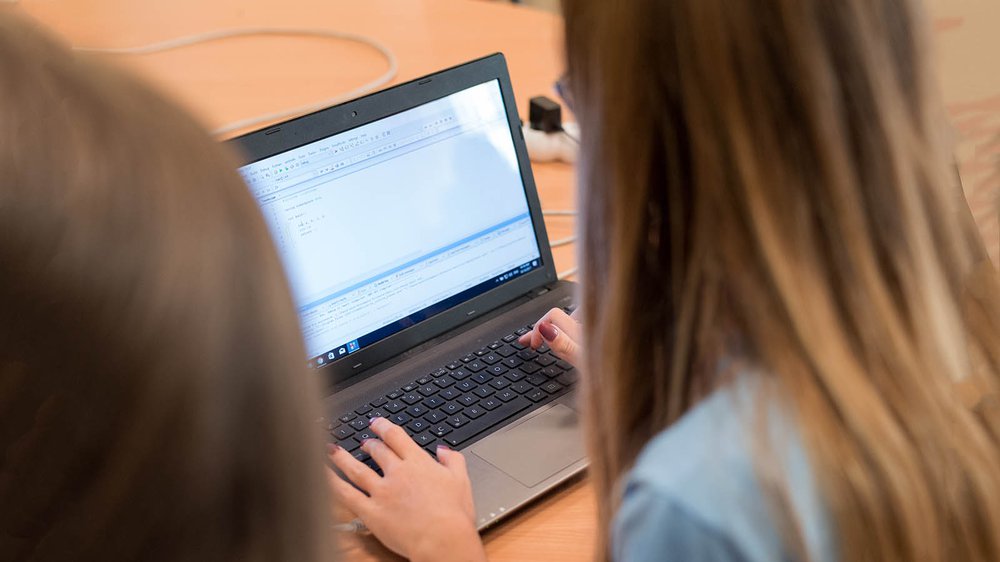As California seeks to add more computer science courses, teachers are answering the call – By Sydney Johnson, EdSource
As California pushes to increase access to computer science education for K-12 students, schools across the state this summer are preparing to ramp up course offerings and equip teachers to lead computer science courses.
Many teachers and administrators steering those efforts gathered in June at the Summer of CS, a week-long program led by the Sacramento County Office of Education and Computer Science for California, or CSforCA, a campaign that promotes access to computer science education in California.
The event brings together about 100 California teachers from elementary through high school from around the state. The goals are to prepare them to teach a computer science class or lessons when school starts this fall and to expand access to computer science for all student groups.
Increasing access to computer science courses has become a priority in California. Advocates say it is crucial to building a robust and diverse tech economy and that it will provide students with an understanding of computers and the internet, which could be applicable in many fields.

Financial literacy could become graduation requirement – By Eric Wildstein, The Gaston Gazette
A personal finance course could soon become a graduation requirement for North Carolina high school students.
The North Carolina Senate and House have ratified legislation that would require all high school students to take and receive a passing grade in a full-credit course focused solely on economics and personal finance.
According to the legislation, House Bill 924, the course “shall provide instruction on economic principles and shall provide personal financial literacy instruction” that includes, at minimum, the following:
• The true cost of credit.
• Choosing and managing a credit card.
• Borrowing money for an automobile or other large purchase.
• Home mortgages.
• Credit scoring and credit reports.
• Planning and paying for postsecondary education, and other relevant financial literacy issues.
Additionally, public school districts would be responsible for providing specific professional development to teachers of the course.

How to Teach Handwriting—and Why It Matters – By Brooke MacKenzie, Edutopia
Technology is an undeniable fact of everyday life and can support students’ learning. But there are limits to that: Completely replacing handwriting instruction with keyboarding instruction in elementary school can be detrimental to students’ literacy acquisition. Why are handwriting and letter formation so important?
Research has demonstrated a correlation between letter-naming and letter-writing fluency, and a relationship between letter-naming fluency and successful reading development. There’s a strong connection between the hand and the neural circuitry of the brain—as students learn to better write the critical features of letters, they also learn to recognize them more fluently. This recognition of letters leads to greater letter-writing fluency, which leads to greater overall reading development.
In an article summarizing several studies on handwriting and learning, the writer Maria Konnikova notes, “Not only do we learn letters better when we commit them to memory through writing, memory and learning ability in general may benefit.” When students write letters manually, they learn them more effectively. Switching to keyboarding before students have developed handwriting skills may reduce their ability to recognize letters. Konnikova also cites a study that found that students who wrote by hand—as opposed to on a keyboard—were able to generate more ideas. Students with better handwriting demonstrated “increased overall activation in the reading and writing networks” of the brain.

High-school apprenticeship programs give kids a chance to earn money, credit, work experience – By Katherine Long, The Seattle Times
This fall, about 120 Washington high-school juniors and seniors will earn a paycheck, work experience, and high school and college credit — all at the same time.
They’re becoming apprentices through Career Connect Washington, a state program that is expanding the number of youth apprentices with $25 million in money from the Legislature over the next two years. The aim of the program is to get more young people started on their careers by combining school and work experience.
The idea is to get more students to work at local companies and learn career skills during high school.
Three years ago, just 15 students participated in youth apprenticeships in a few industries, said John Aultman, who works in the governor’s office as a senior policy adviser for higher education and the workforce. There are now more than 50 employers from five different industries supporting the 120 new apprentices, he said.
The largest program is the Aerospace Joint Apprenticeship Committee (AJAC), a statewide, nonprofit aerospace and advanced manufacturing apprenticeship program that is working to train young people to fill thousands of openings in the aerospace industry in the next five years as older workers retire. The program, which had 17 youth apprentices two years ago, will take on 94 high school apprentices this year, said Aaron Ferrell, marketing communications manager for AJAC.












